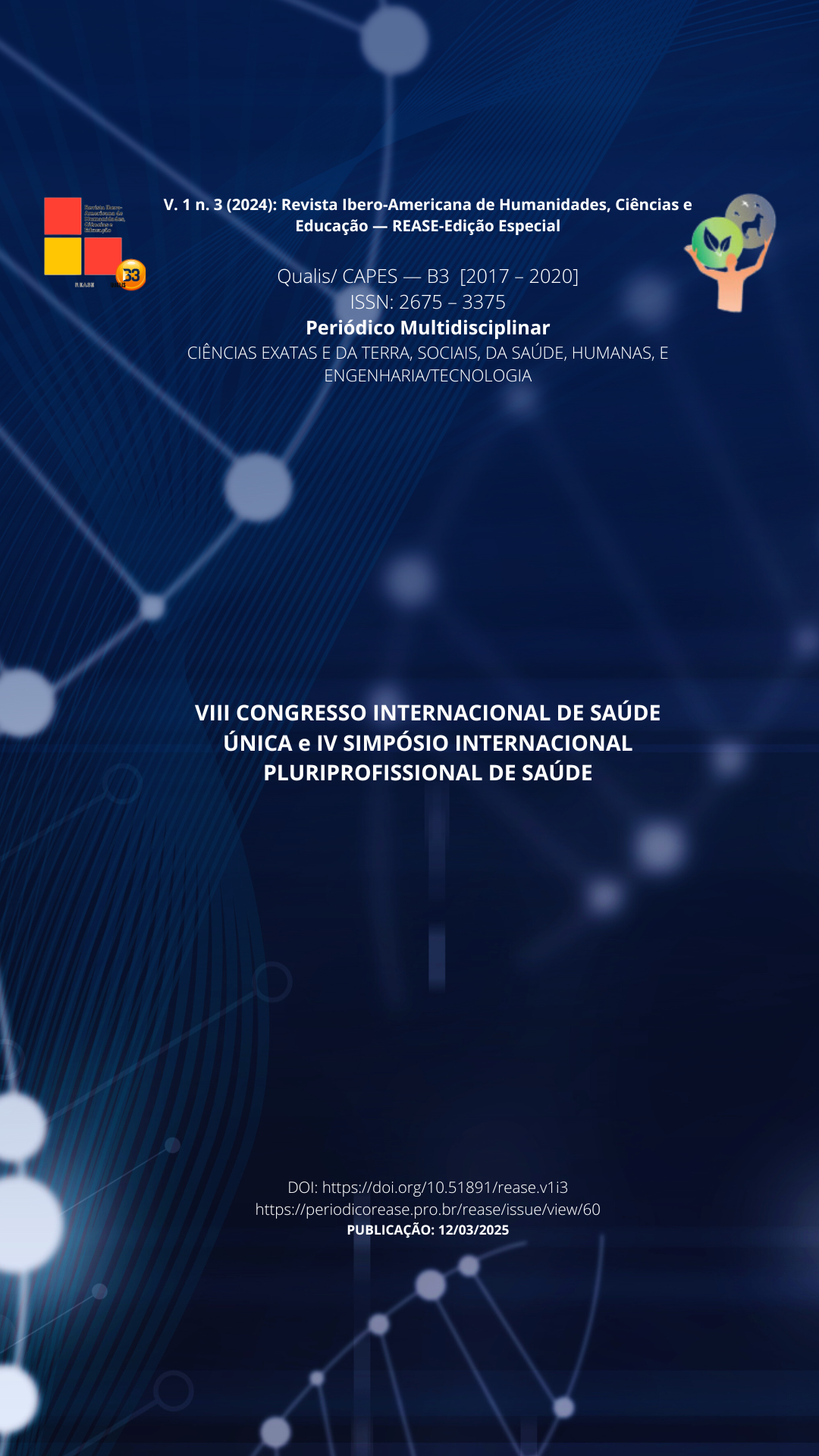CHARACTERIZATION OF INTEGRATIVE AND COMPLEMENTARY PRACTICES USED IN THE TREATMENT OF TEMPOROMANDIBULAR DISORDERS BY THE SUS IN BRAZIL: AN ECOLOGICAL STUDY
DOI:
https://doi.org/10.51891/rease.v1i3.13295Keywords:
Temporomandibular Disorder. Complementary Therapies. Health Unic System.Abstract
Objective: Analyze the epidemiological profile of PICS procedures in Brazil, identifying factors associated with sociodemographic and professional distribution. Methodology: This is an ecological study, carried out based on information provided by the Outpatient System of the Unified Health System (SIA-SUS), referring to Integrative and Complementary Practices procedures (Organization Form: 030905), whose diagnosis The main study was Temporomandibular joint disorders (CID-10: K07.6), analyzing the period from January to November 2023, in which data collection and processing were carried out using the Microdatasus package in the R environment. Results: 10,173 procedures related to the treatment of Temporomandibular Disorder (TMD) were registered in the SUS Ambulatory Information System. Of these, 5.8% (n = 585) corresponded to interventions carried out with Integrative and Complementary Practices. However, in the same period, a total of 2,579,067 Integrative and Complementary Practice procedures were registered, of which only 0.02% (n = 585) were intended for the treatment of TMD. Furthermore, the South region concentrated the majority of procedures (54.2%), while the North region had no records. The age group that received the most care with PICS was adults (79.3%), female (76,2%), white (76.4%). Regarding the procedures performed, it was observed that the majority involved electrical stimulation sessions (21.0%) and ozone therapy applied to dentistry (21.0%), carried out mainly by physiotherapists (60.7%) and dental hygiene technicians ( 20.7%). Regarding the type of establishment, polyclinics (54.5%) and general hospitals (22.7%) stand out, while in terms of complexity it is basic care, with 76.2% of the total. Conclusion: It was concluded that PICS in the treatment of TMD still present a low quantity compared to traditional therapy.
Downloads
Downloads
Published
How to Cite
Issue
Section
Categories
License
Atribuição CC BY

